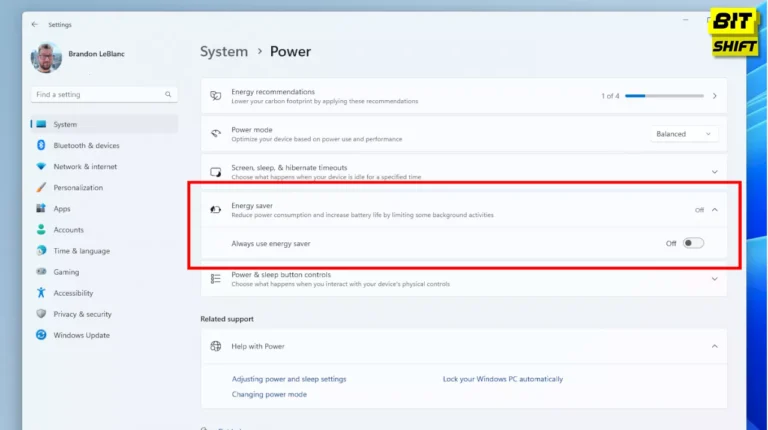
Summary
It explores the potential consequences of the melting Arctic ice, mainly focusing on the trapped methane within the permafrost and ancient ‘zombie’ viruses. It delves into research findings from the Norwegian archipelago and Siberia and discusses the need for environmental preservation.
As the Earth continues to warm, the Arctic ice is melting at an unprecedented rate. This melting contributes to rising sea levels and threatens to release trapped greenhouse gases and ancient viruses into the atmosphere. This article will delve into the potential implications of these emerging concerns.
“The potential of what is yet unknown about the melting Arctic ice should spur us into action. For beneath the ice lie secrets that could drastically alter our world.”
The Threat of Trapped Methane
Research has shown that the Arctic permafrost, particularly on a Norwegian archipelago, contains massive amounts of trapped methane, a potent greenhouse gas. As the ice melts, this gas may escape, exacerbating the effects of global warming. Thomas Birchall of the University Center’s Department of Arctic Geology studied this location, revealing that one explored spot produced several million cubic meters of gas in less than a decade. This suggests that releasing this methane could significantly impact rising temperatures.
Methane acts as a greenhouse gas, preventing Earth’s heat from escaping into space. As a result, the release of Arctic Ice methane could intensify global warming. “Svalbard shares a similar geological and glacial history with much of the Circum-Arctic, suggesting that sub-permafrost gas accumulations are regionally common,” Birchall noted in his paper. The researchers added, “At present, the leakage from below permafrost is very low, but factors such as glacial retreat and permafrost thawing may ‘lift the lid’ on this in the future.”
The Resurrection of ‘Zombie’ Viruses
Besides methane, the Arctic permafrost may hide ancient viruses, often called ‘zombie’ viruses. Birgitta Evengård, a professor at Umea University’s Department of Clinical Microbiology in Sweden, said, “You must remember our immune defense has been developed in close contact with our microbiological surroundings. If there is a virus hidden in the permafrost that we have not been in contact with for thousands of years, it might be that our immune defense is not sufficient.”
Virus expert Jean-Michel Claverie has studied these ‘giant’ viruses for over ten years. His team has confirmed that ancient pathogens from the Siberian permafrost remain infectious. Claverie highlighted the threat of these viruses, stating, “With climate change, we realize there might be some danger coming from the north as the permafrost thaws and frees microbes, bacteria, and viruses.”
In 2016, a heat wave in Siberia activated anthrax sores, infecting dozens and killing thousands of reindeer and a child. Claverie has discovered seven families of zombie viruses, ranging from 27,000 to 48,500 years old. “We view these amoeba-infecting viruses as surrogates for all other possible viruses in the permafrost. If the amoeba viruses are still alive, there is no reason why the other viruses will not be alive and capable of infecting their hosts,” he added.
Conclusion
As Arctic ice melts due to climate change, massive amounts of methane might be released into the atmosphere. The permafrost thawing could potentially unlock dormant viruses, posing a new threat to humanity. Therefore, we must continue to study these phenomena and find ways to mitigate their potential impacts on our world.
Share the Article by the Short Url:






